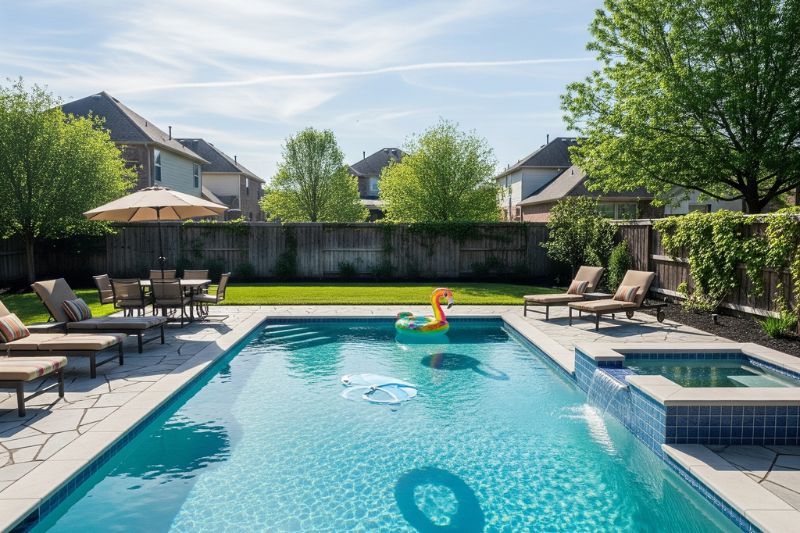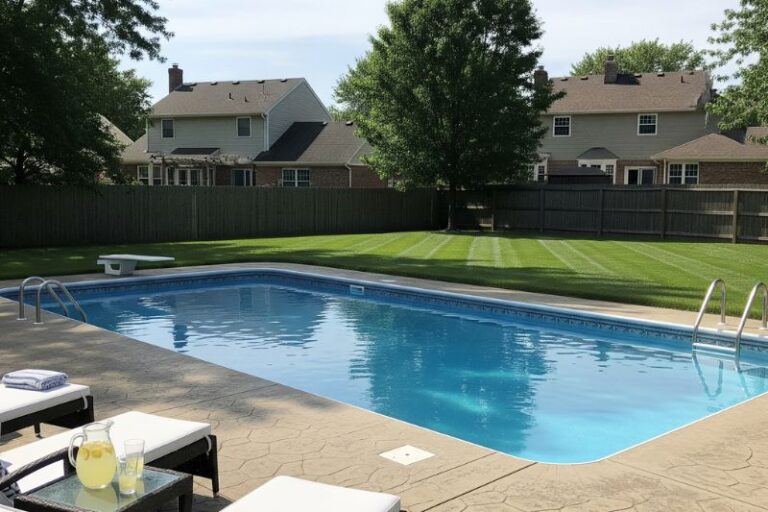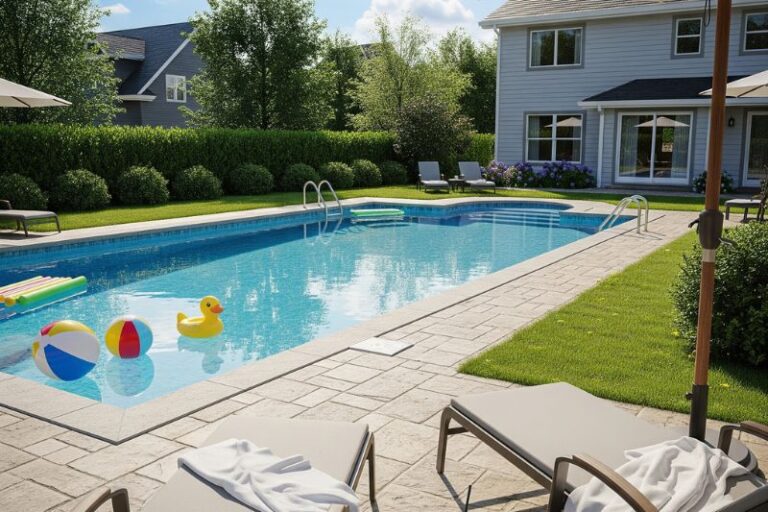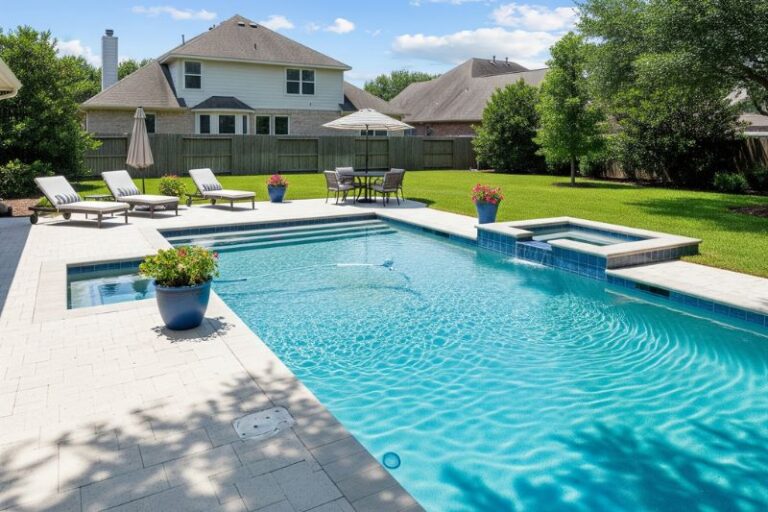Chapter One: The Clues
It all started with a frustrated homeowner who swore they were doing everything right. Chemicals balanced? Check. Vacuumed every weekend? Check. Skimmer baskets emptied? Of course. Yet, the water just looked… tired. The pump was running, or so they thought. The clues were subtle: algae blooming faster than normal, cloudy patches that refused to settle, and filter pressure readings that didn’t quite make sense.
Chapter Two: The Interrogation
When we inspected the pool equipment, the pump timer was our prime suspect. It was set to run only two hours a day, which is basically like giving your pool a half-hearted handshake instead of the full hug it needs. The owner thought they were saving electricity. Instead, they were starving the filtration system of the runtime it needed to do its job.
Chapter Three: The Misleading Evidence
The test strips told a misleading story. Chlorine levels? Fine. pH? Perfect. But test strips don’t measure how well water is being circulated. Without enough pump time, those perfect chemical levels never touched every drop of water in the pool. Dead spots became algae hotspots.
Chapter Four: The Real Culprit
The faulty pump timer settings were the smoking gun. Even if the filter media was in great condition, it could only filter water it actually received. Poor runtime meant poor filtration. And poor filtration meant problems that no amount of shock treatments or algaecide could solve.
Chapter Five: Case Closed
The fix? Reset the pump timer to run for 8 to 12 hours a day during peak swimming season, adjusting for pool size and climate. Make a habit of checking timer settings monthly, especially after storms or power outages that can reset them. A well-timed pump keeps the water moving, the filter working, and algae from setting up shop.
Pool Pump Timer Checklist:
- Check timer settings monthly.
- Adjust runtime seasonally.
- Pair with regular filter maintenance.
- Monitor water circulation patterns.
- Never assume test strips tell the whole story.
Case closed. The pump timer wasn’t just an accessory, it was the silent saboteur of pool health.




